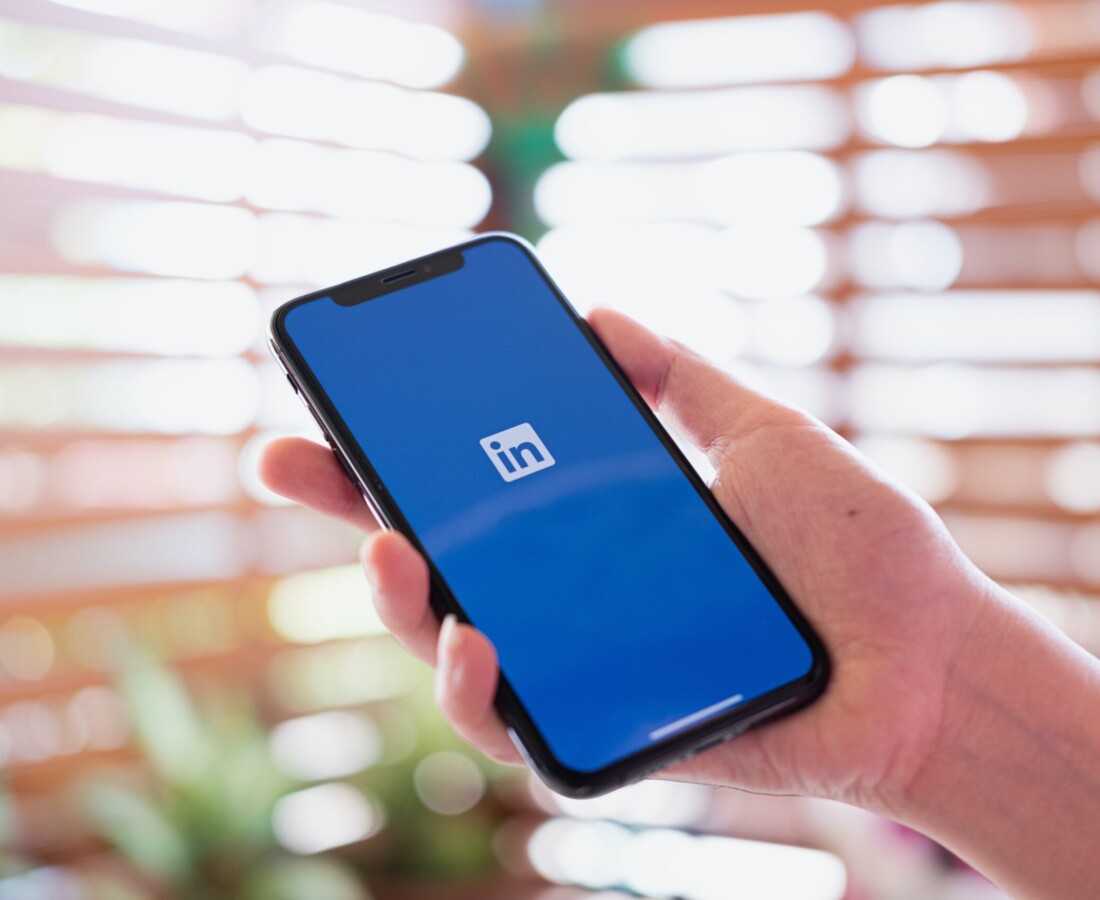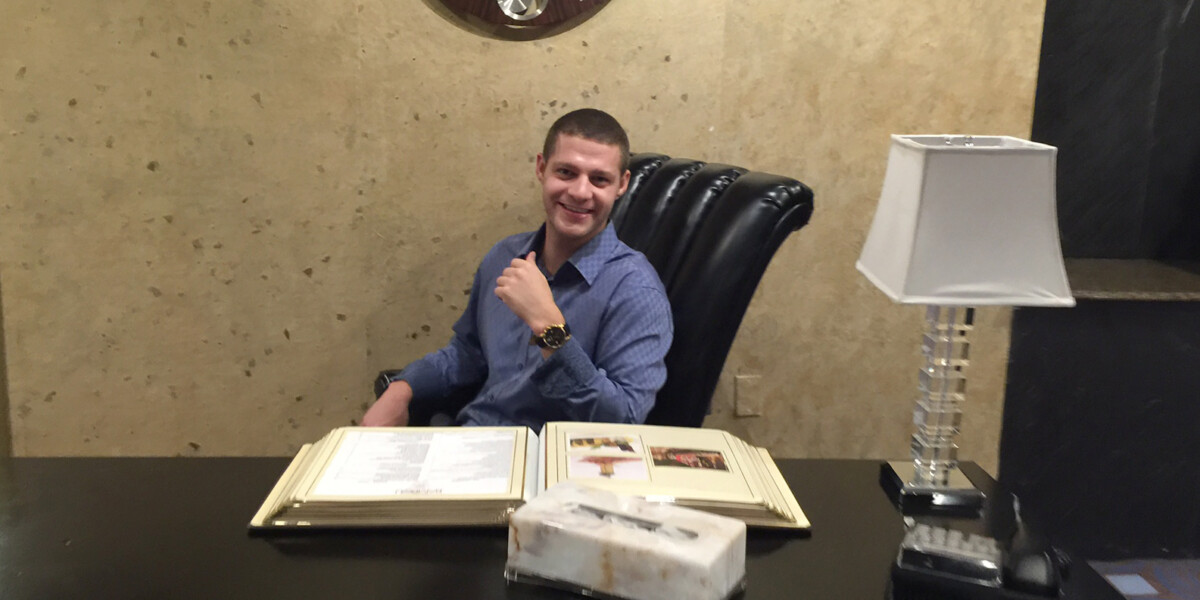By Kate Whitney
LinkedIn has over 260 million active users per month, with 40% of those users accessing their profile on a daily basis.
As a tool for making connections and showcasing the skills and knowledge gained from your education and work experience, LinkedIn is an incredible resource for building and growing your career. Heather Palow, M.Ed., ACC, Career Development Coach for UVM’s Master of Public Health Program and Public Health Certificates, believes that creating and frequently updating your LinkedIn profile is a key component to career success, for both Public Health students and anyone interested in staying competitive in their industry.
Based in Washington state after 15 years as a Vermont resident, Palow continues to be a UVM employee, interacting virtually and via phone with the Public Health students, instructing and career coaching on topics including interview and salary negotiation skills, resume and cover letter reviews, and supporting students as they construct their electronic portfolio—which every UVM Master’s student is required to have.
In Palow’s experience, the vast majority of students choose LinkedIn to host their electronic portfolio. “LinkedIn already has many structural features and set up prompts which makes creating a profile quite easy,” Palow explained. “You start populating a new profile by adding your name, education, uploading a couple of pictures, etc. Within ten minutes a basic profile with attachments can become an electronic portfolio providing information to current and future employers.”
Palow shared some of her tips and strategies for our three-part series on Creating an Effective LinkedIn Portfolio.
LinkedIn Profile Creation
Once you’ve created your basic profile using the prompts provided by LinkedIn, Palow recommends creating a custom URL, which you can do on the “Edit Profile” screen. This address can be added to your resume/CV, business cards and other professional documents, so Palow suggests creating a URL that is professional in nature and easy to remember, if possible.
Wondering whether or not to use Premium? “I recommend giving it a try, but I don’t necessarily recommend paying for it long-term.” Palow said.
“LinkedIn Premium gives you a free, 30-day trial, which you might consider as you become familiar with LinkedIn,” Palow continued. “If you find that you’re on LinkedIn regularly and it brings you value, then Premium is likely a sound investment for you. If you find you don’t use the advanced features or you aren’t a regular LinkedIn user, then you might complete your Premium trial period and evaluate if your usage merits the cost. LinkedIn regularly offers free trials, so if you’re unsure, I wouldn’t worry, they’ll likely offer the free trial to you again soon. I don’t discount the benefits of Premium, but if I had to advocate over [spending money on] an interview outfit that makes you feel confident or Premium, I would suggest the outfit.”
Choosing Background and Profile Pictures in LinkedIn
Don’t skip this important step in setting up your profile: LinkedIn profiles with photos get 21x more views and 36x more messages. But when it comes to selecting your profile pictures, what’s appropriate? A professional headshot or something a little more informal?
“I oftentimes say it depends on your career and industry.” Palow explained. “I would recommend a professional-looking photo and something that showcases your career industry. You don’t necessarily have to pay a professional photographer for a headshot image, but it’s good to keep in mind that people are looking at your profile both on their phones and their computers so blurry photos or huge photos that take a long time to download aren’t ideal. I was working with a public health animal science student the other day and she was asking me about a nice-looking crisp picture of herself between two dairy cows. The photo was an incredibly appropriate photo for her as it showed creative flair within her career path, and it was a beautiful Vermont scene of her with mountains in the background. Would I suggest that image to a business student looking to work on Wall Street? Not likely. Additionally, I had another client who was a therapist and he was wondering if he should use a picture of two chairs facing each other and a bookcase—a very formal image. I asked if that represented the type of therapy he provided his clients and he said no, it didn’t match his style. If you’re uncomfortable with the photo’s message, then it’s probably not a good fit for your profile.”
Palow offers these additional recommendations:
- Ensure that the pictures are recent–no more than 5 years old.
- Your face should take up around 60% of your profile image (long-distance shots don’t stand out.)
- Wear what you would likely to wear to work.
- Smile with your eyes, avoid selfie photos if possible, and remember that your future boss may be viewing this photo of you so you want to make sure you’re sending the best professional message for your career or industry.
The second part of our LinkedIn series addresses making connections and the power of the Alumni tool.
Learn more about UVM’s Public Health Programs here.




